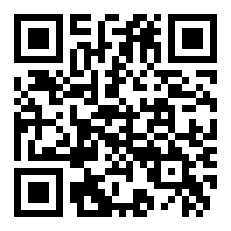Pupil-Involving Oculomotor Nerve Palsy: Repor t of Two Cases and Challenges of Management
Abstract
Background: Oculomotor nerve palsies are classified as pupil-involving or pupil-sparing; and could be isolated or occur with other ocular cranial nerve palsies. Diabetes mellitus and hypertension are the most common causes of pupil-sparing oculomotor nerve palsy (ONP),1 while Posterior communicating artery (PCOM), posterior cerebral or superior cerebral artery aneurysms and extradural hematoma are said to be primary causes of pupil-involving isolated ONP.2 Aneurysms involving the PCOM are the most common as it
runs alongside the oculomotor nerve. Imaging studies such as magnetic resonance angiography, computed tomography angiography, and digital subtraction angiography are gold standards for evaluating potential ONP due to aneurysm. In a study by Keane et al. the incidence of aneurysm as a cause of ONP was 10%, and pupil involvement was noted in 43% of patients.3,4 We present two cases of pupil-involving ONP. These are the first cases seen at this hospital to the best of the author’s knowledge.
References
Kim K, Noh SR, Kang MS, Jin KH. Clinical course and prognostic factors of acquired third, fourth, and sixth cranial nerve palsy in Korean Patients. Korean J Ophthalmol. 2018; 32(3): 221-227.
Chaudhry NS, Brunozzi D, Shakur SF, Charbel FT, Alaraj A. Ruptured posterior cerebral artery aneurysm 42 presenting with a contralateral cranial nerve 111 palsy: A case report. Surg Neurol Int. 2018; 9: 52
Keane JR. Third nerve palsy: analysis of 1400 personally-examined inpatients. Can J Neurol Sci. 2010; 37(5):662-670.
Fang C, Leavitt JA, Hodge DO, Holmes JM, Mohney BG, Chen JJ. Incidence and Etiologies of Acquired Third Nerve Palsy Using a Population-Based Method. JAMA Ophthalmol. 2017; 135(1): 23-28.
Obiudu HC, Chuku A, Chukwukwe IO, Chude EO. Posterior communicating artery aneurysm in a 20-year-old boy presenting as non-isolated third nerve palsy. Niger Med J. 2009; 50 (3): 68-70.
Ogun OA, Aremu OO, Ajaiyeoba AI. Ocular motor cranial nerve palsy as an indicator of neglected systemic disease in Nigeria: perspective from a Neuro-Ophthalmology Clinic. Neuro ophthal-mology. 2019; 43(6): 355–362
Joshi S, Tee WWH, Franconi C, Prentice D. Transient oculomotor nerve palsy due to non- aneurysmal neurovascular compression. J Clin Neurosci. 2017, 45:136-137.
Additional Files
Published
How to Cite
Issue
Section
Categories
License
Copyright (c) 2024 Transactions of the Ophthalmological Society of Nigeria

This work is licensed under a Creative Commons Attribution-NonCommercial-NoDerivatives 4.0 International License.


















